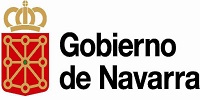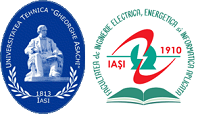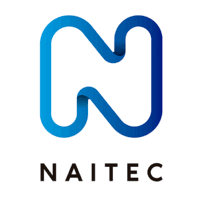Abstract
Flexible electronics also known as organic electronics is defining a category of electronic devices developed on a bendable substrate material (mainly polymers, but also paper) with the aim of addressing the current societal needs in terms of applications (e.g. increasing the energy production from renewable sources, improving energy efficiency, providing new diagnosis tolls for health system), targets which can be reached only by diminishing the production cost of the electronic and electrical devices. The herein proposal is aiming to foster the development of flexible printed electronics processes by proposing a solution to the disadvantages of the current manufacturing technology. Thus, the Consortium is proposing utilization of a plasma based technology for pretreating the surface of the polymeric substrate at atmospheric pressure and room temperature, in the absence of additional gases. The new technology which is to demonstrate high potential of being integrated at the level of screen printing and inkjet printing processes may impact significantly the economic situation of both SMEs and ensure their improved position within International supply chain.
Keywords
Flexible production and manufacturing
Nanotechnologies
Precision engineering
Project implementation work packages:
WP1. Personalized plasma reactor requirements identification, design and inhouse fabrication
Expected results:
WP2. Assessment of atmospheric pressure nonthermal plasma effect on polymeric substrates employed in screen printing validation in laboratory working conditions
Expected results:
WP3. Assessment of atmospheric pressure nonthermal plasma effect on polymeric substrates employed in inkjet printing validation in laboratory working conditions
Expected results:
WP4. Optimization of plasma reactor architecture and design of pilot printing process integration
Expected results:
WP5. Demonstrative integration of plasma reactor and pilot validation at the level of screen and ink jet printing facilities
Expected results:





